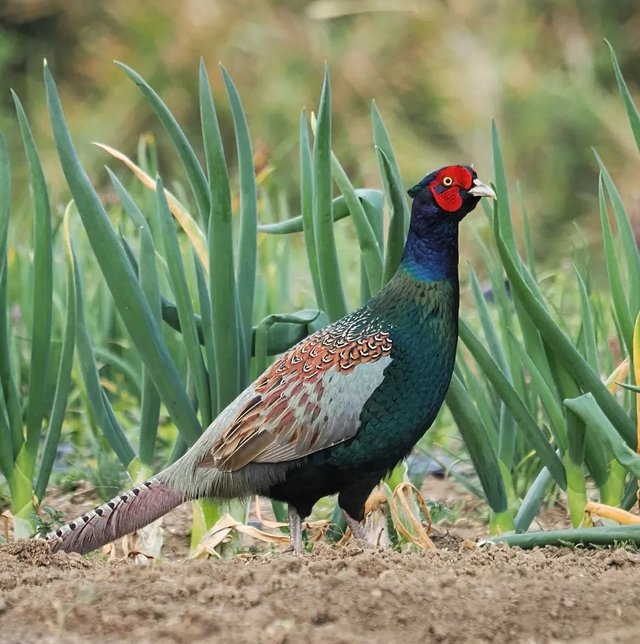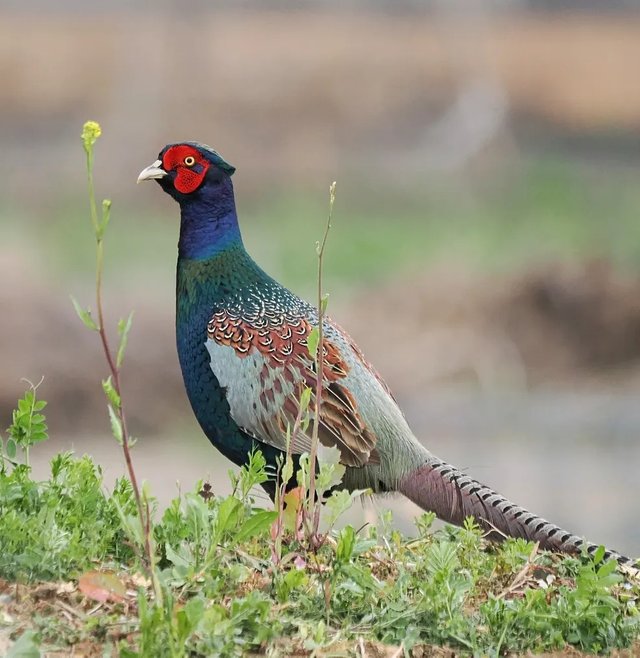Phasianus Colchicus Torquatus So Cute Bird
The Ring-Necked Pheasant: A Stunning Game Bird with a Rich History
The ring-necked pheasant is one of the most well-known and widely distributed subspecies of the common pheasant. Recognized for its vibrant plumage, distinctive white neck ring, and adaptability to various habitats, this bird has become a symbol of game hunting and conservation efforts worldwide.
Taxonomy and Classification
The ring-necked pheasant belongs to the species Phasianus colchicus, which consists of multiple subspecies spread across Eurasia. The torquatus subspecies, originating from China, is one of the most commonly introduced pheasants worldwide, particularly in North America and Europe.
The name torquatus comes from the Latin word "torques," meaning "collar" or "neck ring," referring to the distinctive white band around its neck. This feature differentiates it from other subspecies, such as the common pheasant, which lacks a complete neck ring.
Physical Characteristics
The ring-necked pheasant is a large, ground-dwelling bird with striking sexual dimorphism:
Males are famous for their dazzling plumage, with a deep iridescent green head, a white neck ring, and a coppery-gold body patterned with black markings. Their long, pointed tail feathers add to their elegant appearance.
Females, in contrast, are duller, with mottled brown and tan plumage, providing excellent camouflage in their natural habitat.
These birds typically measure between 50-90 cm in length, with their long tails accounting for much of their body length. Males are significantly larger than females and weigh between 1-1.5 kg, while females are generally lighter.




%20(9).jpeg)